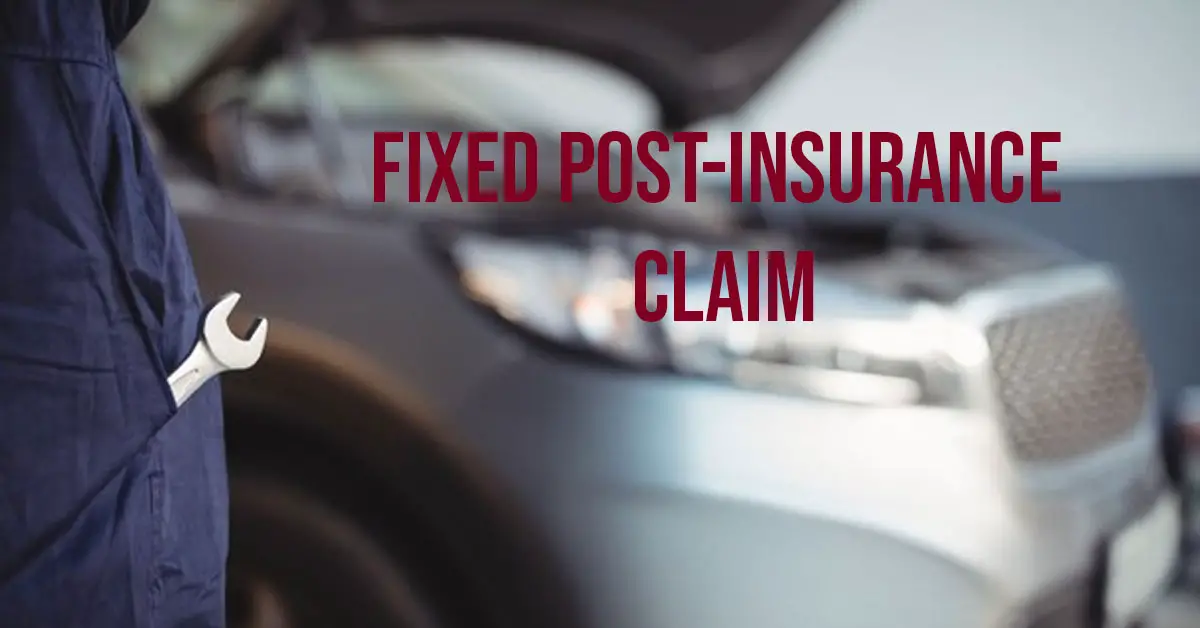Have you encountered the frustrating scenario of realizing your vehicle wasn’t adequately repaired after filing an insurance claim? Fret not, as we’re here to guide you through the process.
Common Pitfalls in Auto Repairs Following an Insurance Claim
When you file an insurance claim for your damaged vehicle, the expectation is a seamless restoration to its pre-accident state. Unfortunately, numerous issues may arise during the recovery process:
1. Subpar Workmanship
At times, the repairs performed by the selected body shop may fall short of industry standards, resulting in visible flaws or, worse, additional damage.
2. Incomplete Repairs
Discovering that certain components were not adequately replaced or repaired can lead to persistent mechanical or aesthetic issues post-repair.
3. Use of Low-Quality Parts
Some body shops may opt for substandard or aftermarket parts to cut costs, compromising the functionality and durability of your vehicle.
4. Improper Alignment
Post-accident, your vehicle’s alignment might be affected. If not corrected during the repair process, it can lead to handling issues, increased tire wear, or higher fuel consumption.
5. Paint Mismatch
A clear indicator of subpar repairs is a noticeable difference in paint color or texture. Poorly matched or blended paintwork can make certain areas stand out from the rest of the vehicle.
Decoding the Reasons Behind Inadequate Repairs
Understanding why vehicles sometimes fall short of proper maintenance post-insurance claim is crucial for effective navigation. Here are some common causes:
1. Inadequate Repair Estimates
Insufficient initial repair estimates from the insurance company may limit the resources available for a thorough restoration.
2. Lack of Communication
Miscommunication between insurance adjusters, body shops, and vehicle owners can lead to misunderstandings about the necessary scope of repairs.
3. Pressure to Cut Costs
Insurance companies may push body shops to reduce costs, potentially compromising the quality of the repair process.
4. Inexperienced Technicians
A lack of skilled and experienced technicians in the body shop increases the likelihood of errors during the repair process.
Strategic Steps When Your Vehicle Falls Victim to Subpar Repairs
Discovering your vehicle wasn’t adequately fixed post-insurance claim is disheartening, but taking the following steps can help resolve the situation:
1. Document the Issues
Thoroughly inspect your vehicle, documenting all issues with detailed photos and notes.
2. Contact Your Insurance Company
Inform your insurance company about the repair issues, providing clear documentation and seeking guidance on the next steps.
3. Request a Reinspection
Ask your insurance company for an independent reappraisal to assess the extent of the problems and determine the appropriate course of action.
4. Consult a Trusted Mechanic
Seek a second opinion from a reliable mechanic or dealership specializing in your vehicle’s make and model for expert advice on necessary repairs.
5. Follow Up with the Body Shop
Express your concerns to the body shop responsible for the repairs, providing documentation and discussing potential solutions.
6. Escalate the Issue if Necessary
If the body shop or insurance company doesn’t address your concerns, escalate the matter by contacting your insurance company’s claims department and filing a formal complaint.
Safeguarding Your Vehicle from Repair Predicaments in Future Claims
Prevention is key, and here are proactive measures to minimize the risk of encountering post-claim repair issues:
1. Choose a Reputable Repair Shop
Research and select a body shop with stellar reviews and a proven track record of quality repairs.
2. Review the Repair Estimate Thoroughly
Before approving repairs, meticulously review the estimate, addressing concerns with both the insurance adjuster and the repair shop.
3. Clear Communication
Maintain open and transparent communication with your insurance company, adjuster, and the chosen body shop throughout the repair process.
4. Opt for Original Manufacturer Parts
If possible, insist on using original manufacturer parts for the repair, ensuring a better fit and higher quality.
5. Inspect the Repairs
After completion, carefully inspect your vehicle to confirm all aspects have been properly addressed, testing for any issues.
6. Secure a Repair Warranty
Ensure you understand the warranty provided for the repairs, offering peace of mind and protection against future expenses.
Preventive Measures for Future Claims Woes
While addressing issues from subpar repairs can be challenging, these preventive measures can help you avoid such situations in future claims:
1. Opt for a Reputable Repair Shop
Before filing a claim, choose a repair shop with positive reviews, certifications, and a history of quality work.
2. Communicate Clearly
Clearly express your concerns and expectations to both your insurance company and the repair shop when handing over your vehicle for repairs.
3. Stay Involved
Remain engaged throughout the repair process, asking questions, seeking updates, and, if possible, visiting the repair shop for firsthand progress assessments.
4. Review Repairs Post-Completion
Thoroughly inspect your vehicle after repairs, test-driving it and scrutinizing all electronic systems and paintwork details for potential issues.
5. Keep Documentation
Maintain a comprehensive record of all repair-related documents, including invoices, receipts, inspection reports, and photos, to assist in future issues.
In Conclusion
Discovering inadequate repairs post-insurance claim can be frustrating, but by following the outlined steps, you can navigate the situation effectively. Stay vigilant, document issues, seek professional opinions, and assert your consumer rights. With these actions, you not only increase the likelihood of resolving the current situation satisfactorily but also prevent similar issues in the future. Don’t settle for subpar repairs; your safety and peace of mind are worth the effort.
FAQs:
- Q: What should I do if my car isn’t fixed properly after an insurance claim?
- A: Document issues, inform your insurance, request a reinspection, consult a trusted mechanic, and escalate the issue if needed.
- Q: Why do cars sometimes face issues post-insurance claim repairs?
- A: Reasons include inadequate repair estimates, lack of communication, cost-cutting pressures, and inexperienced repair technicians.
- Q: How can I prevent car repair problems in future insurance claims?
- A: Choose a reputable repair shop, communicate clearly, stay involved in the process, opt for original manufacturer parts, inspect repairs thoroughly, and secure a repair warranty.
Read Also:

